Industry knowledge
How does architecture hardware make a contribution to the capability and layout of a building or shape?
Architecture hardware performs a important function in enhancing the capability and layout of a building or shape. It consists of numerous additives consisting of doorways, windows, locks, handles, hinges, and other architectural ironmongery which can be important for the proper functioning and aesthetics of a building. Here are some approaches in which architecture hardware contributes to the capability and layout of a building:
1. Security and safety: Architecture hardware, along with locks, access control structures, and surveillance cameras, make contributions to the security and protection of a building. These components ensure that best legal people have get admission to to sure areas, preventing unauthorized entry. Strong and reliable locks additionally make certain the protection of the residents or customers of the building, imparting them with peace of thoughts.
2. Accessibility: Architecture hardware, consisting of door handles, hinges, and automated entrance structures, make a contribution to the accessibility of a building. These components are designed to be without difficulty operated by people with specific physical competencies, making sure that everybody can enter and flow across the constructing with none difficulty. For example, lever handles are frequently utilized in public homes to accommodate people with confined hand electricity or mobility.
3. Energy efficiency: Architecture hardware can contribute to the power efficiency of a constructing through ensuring proper insulation and air flow. Windows and doors with true first-rate seals and glazing can prevent warmness loss or benefit, decreasing the want for excessive heating or cooling. Additionally, architectural hardware which includes curtain wall structures and louvers can be designed to permit for natural air flow, decreasing reliance on mechanical ventilation systems.
4. Aesthetics and design integration: Architecture hardware, including door handles, pulls, hinges, and knobs, can be selected to supplement the general layout and aesthetics of a building. They are available a huge variety of patterns, finishes, and substances, permitting architects and architects to create a cohesive and visually appealing area. The preference of hardware can also decorate the particular architectural style or subject of the constructing, including to its overall design integrity.
Five. Functionality and simplicity of use: Architecture hardware need to be designed and decided on primarily based at the particular requirements and features of a constructing. Components inclusive of hinges, sliding door structures, and folding mechanisms make contributions to the easy operation and functionality of doors and other movable elements. Well-designed hardware guarantees ease of use and sturdiness, minimizing maintenance and upkeep.
What are the brand new improvements in architecture hardware?
The area of structure hardware has been unexpectedly evolving, with numerous full-size improvements in current years. Here are a number of the latest developments:
1. Digital fabrication technologies: Additive manufacturing or 3D printing has made large strides in architecture, making an allowance for the advent of complicated shapes and structures that had been formerly not possible to build. This technology has been applied to assemble elaborate facades, custom designed building additives, and even entire homes.
2. Smart substances: Advances in fabric technology have led to the improvement of new clever substances with specific residences. These substances can respond to environmental conditions, inclusive of adjustments in temperature or light, and can adapt their form or houses hence. These materials are being incorporated into building facades, roofs, and interiors to enhance energy efficiency and occupant comfort.
3. Building-integrated photovoltaics (BIPV): BIPV refers to the combination of solar panels into building additives like home windows, roofs, and facades. Recent advancements in BIPV era have made solar panels extra efficient, aesthetically pleasing, and fee-powerful. This integration permits buildings to generate their own power, decreasing the reliance on external power sources.
4. Building automation and net of factors (IoT): The integration of automation and IoT technology in architecture has revolutionized building management and person experience. Smart homes now have advanced systems that screen and manage lights, heating, air flow, air conditioning, safety, and other building offerings. This ends in improved energy performance, accelerated occupant consolation, and optimized facility management.
Five. Virtual and augmented reality (VR/AR): VR and AR technologies have made full-size advancements in the architectural subject. They permit designers, clients, and users to visualize and experience architectural designs in a practical and immersive way. These technology are being used for layout visualization, virtual walkthroughs, or even digital reality-based training for construction people.

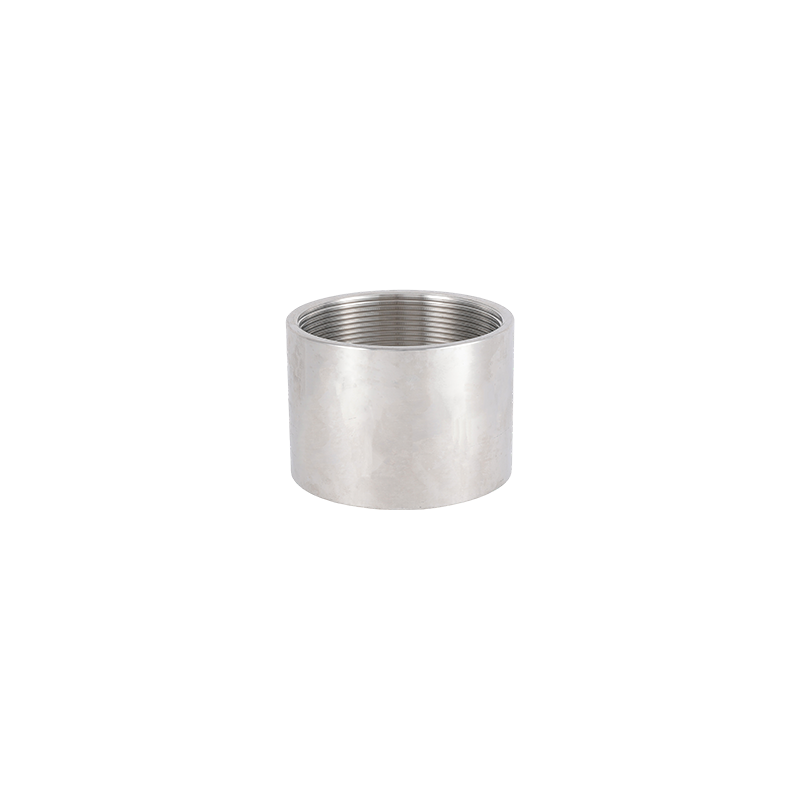 3.5in Rigid Couplings
3.5in Rigid Couplings

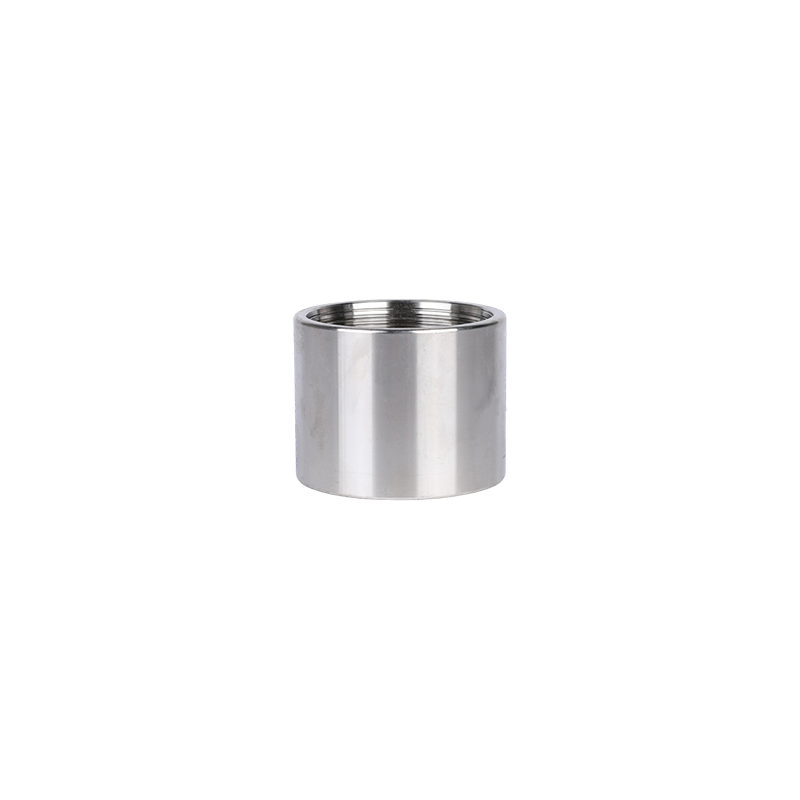 3in Rigid Couplings
3in Rigid Couplings

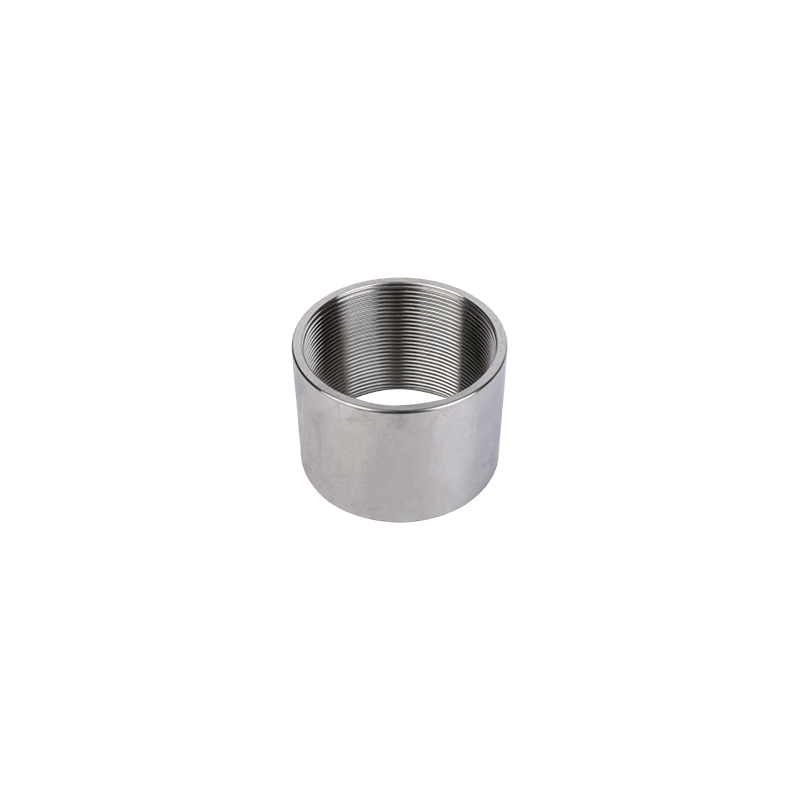 4in Rigid Couplings
4in Rigid Couplings

 English
English Español
Español

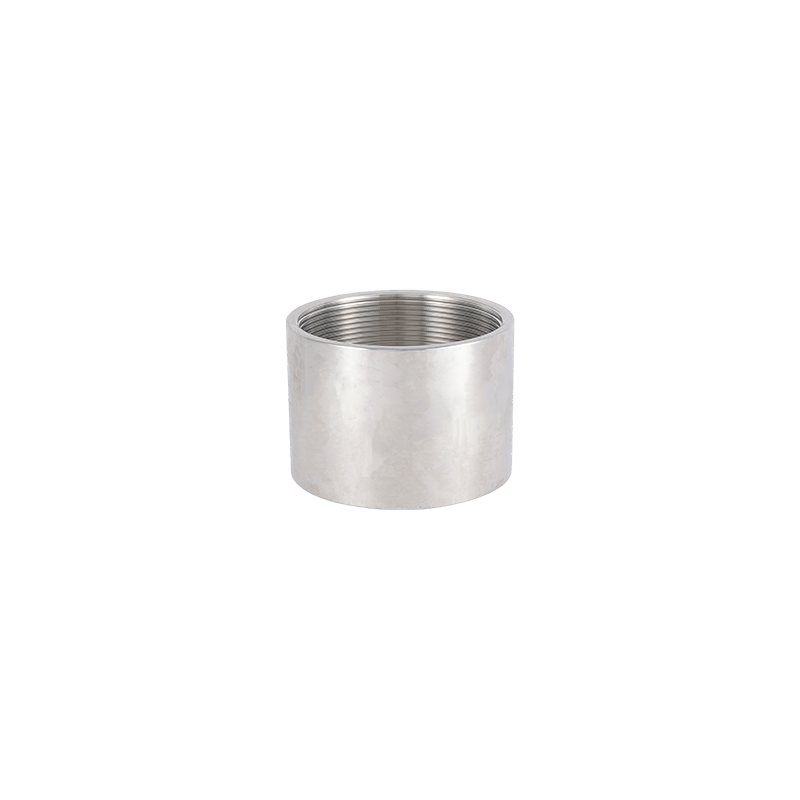
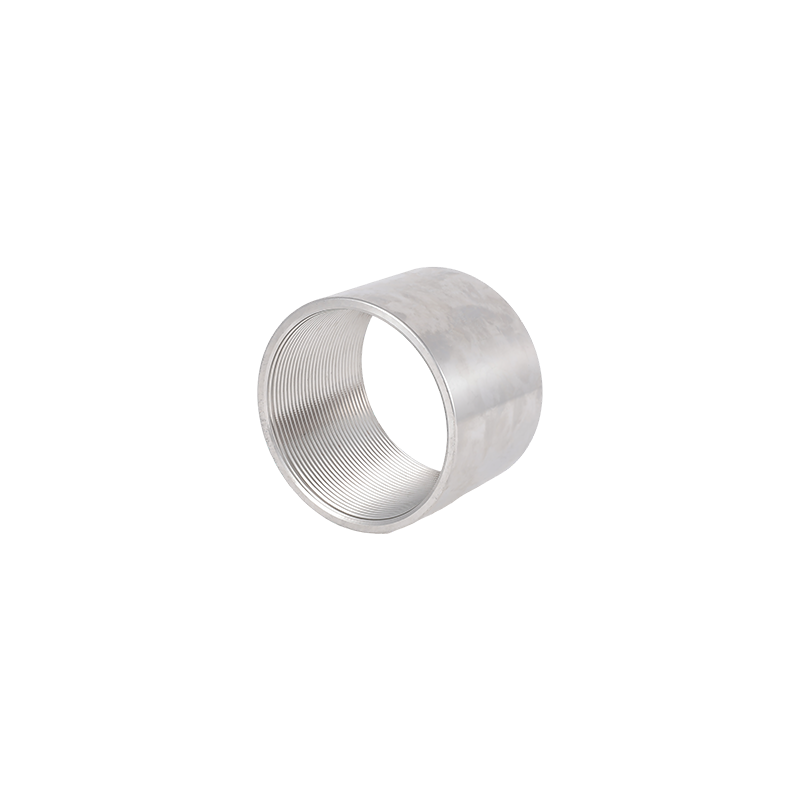
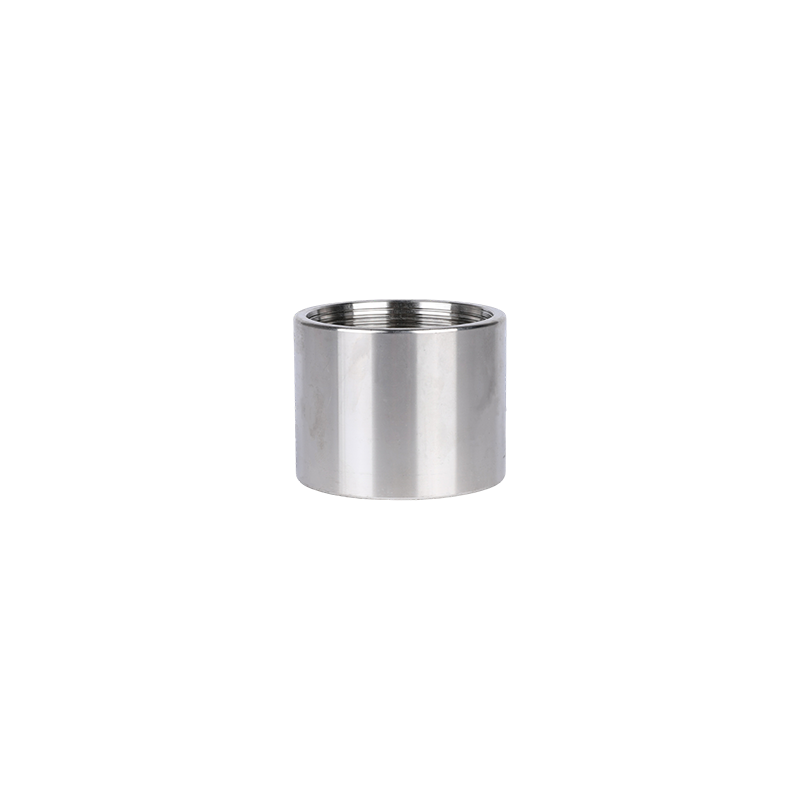
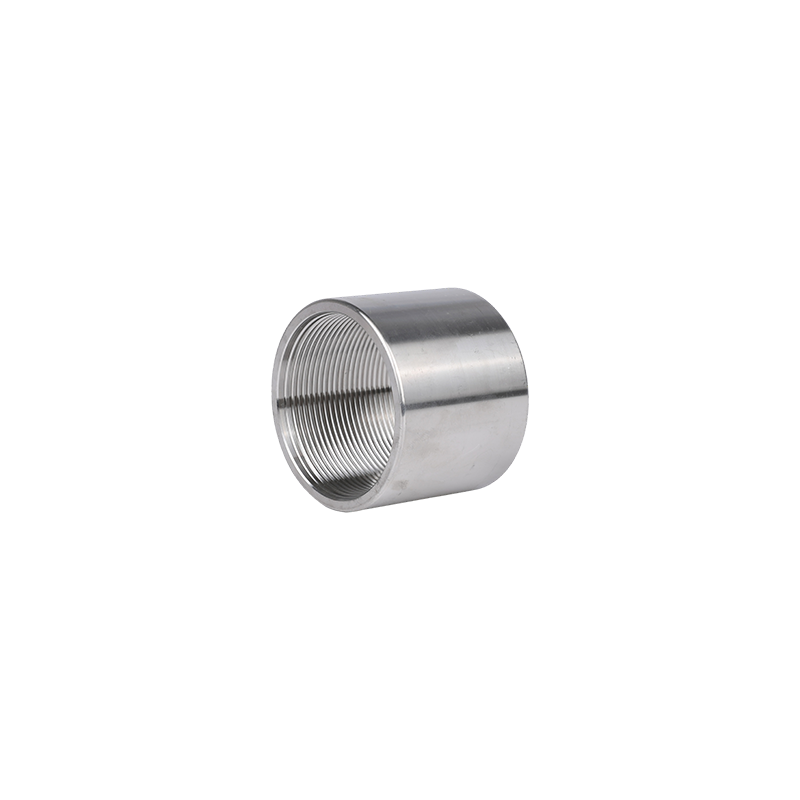
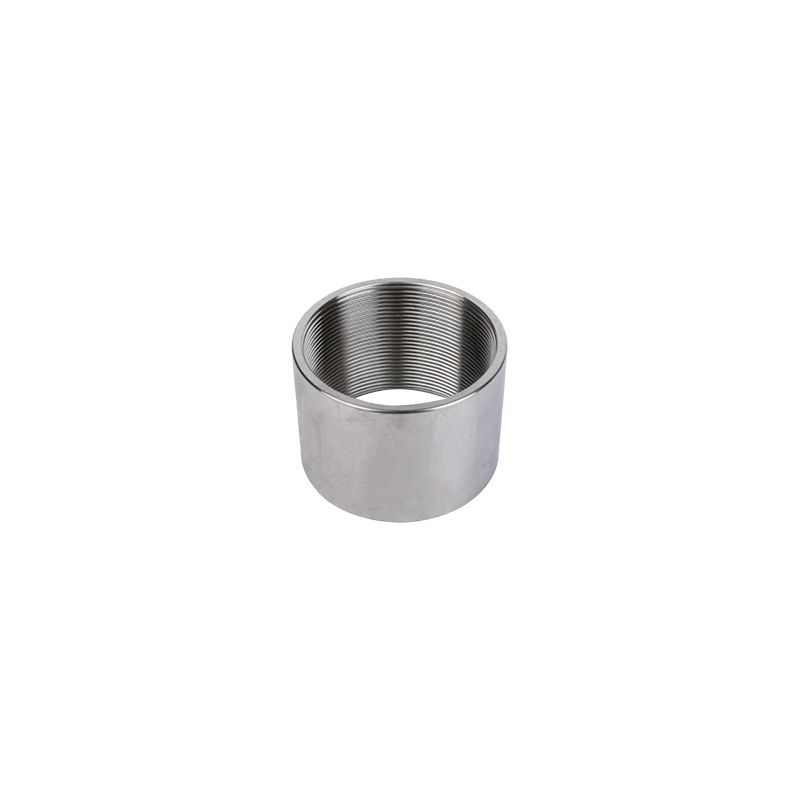
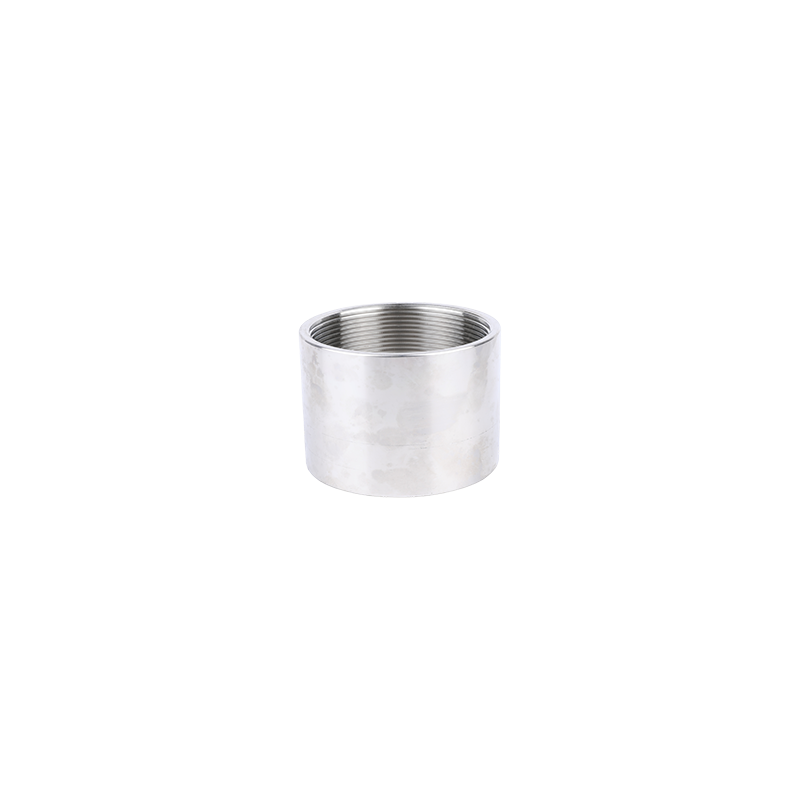
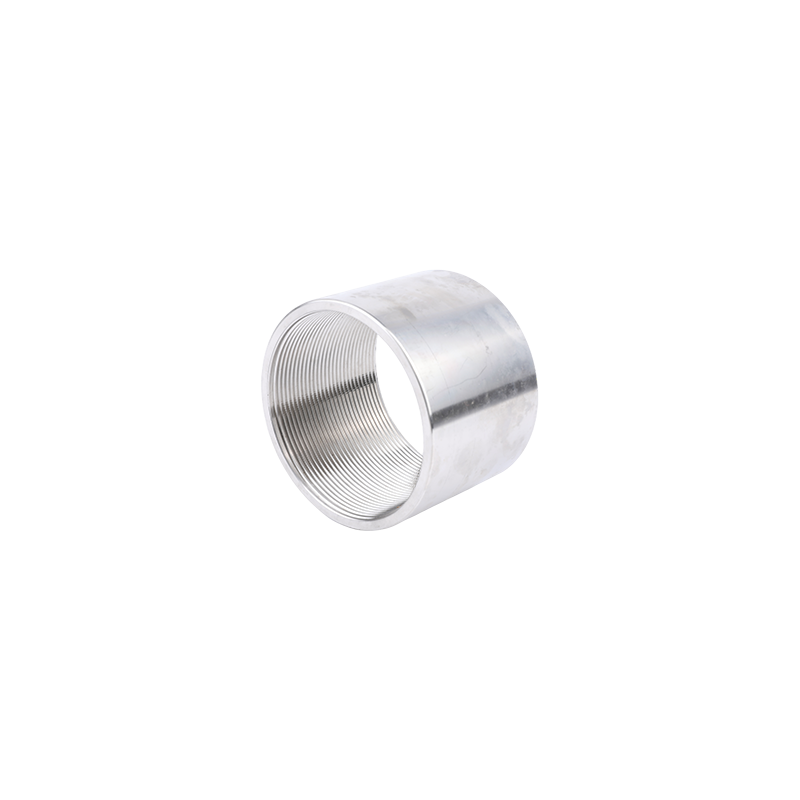
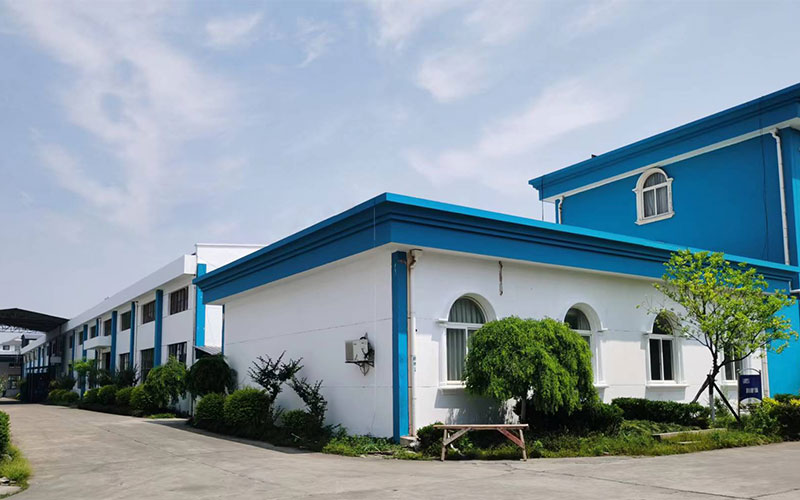
 latest news
latest news
